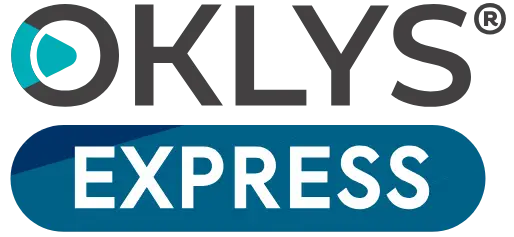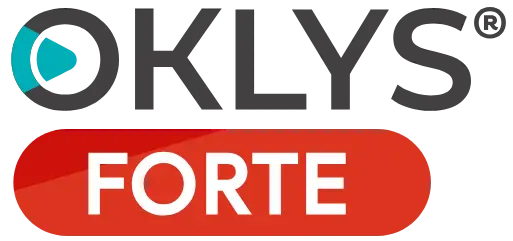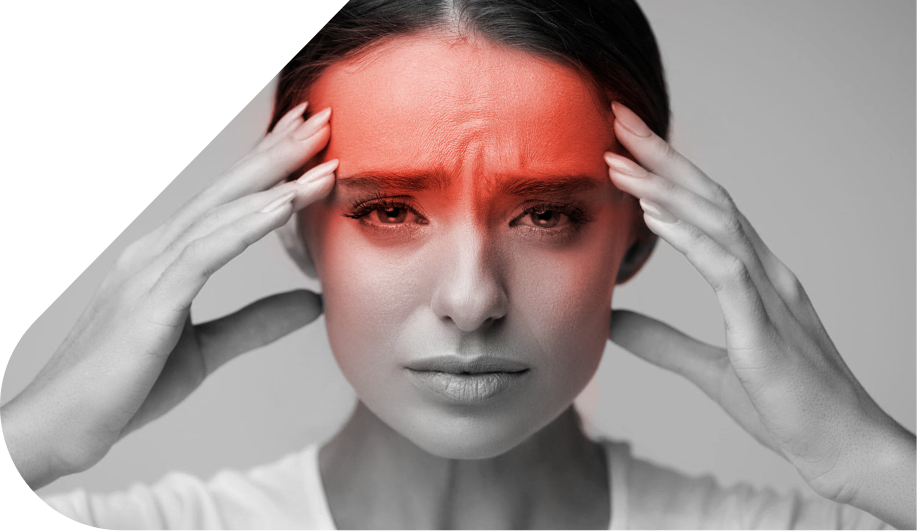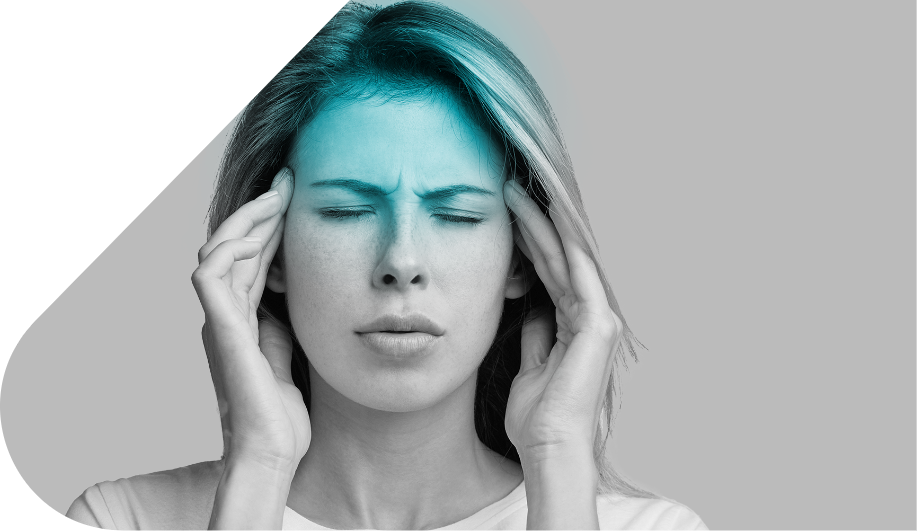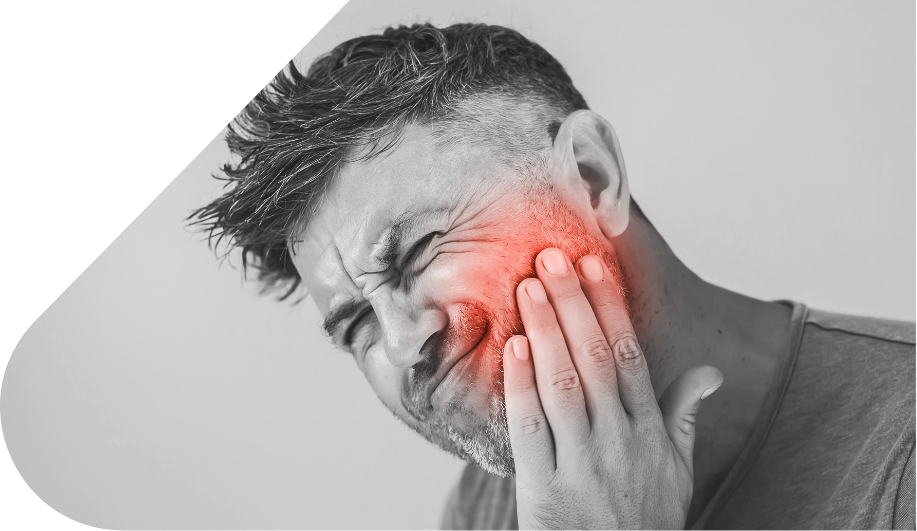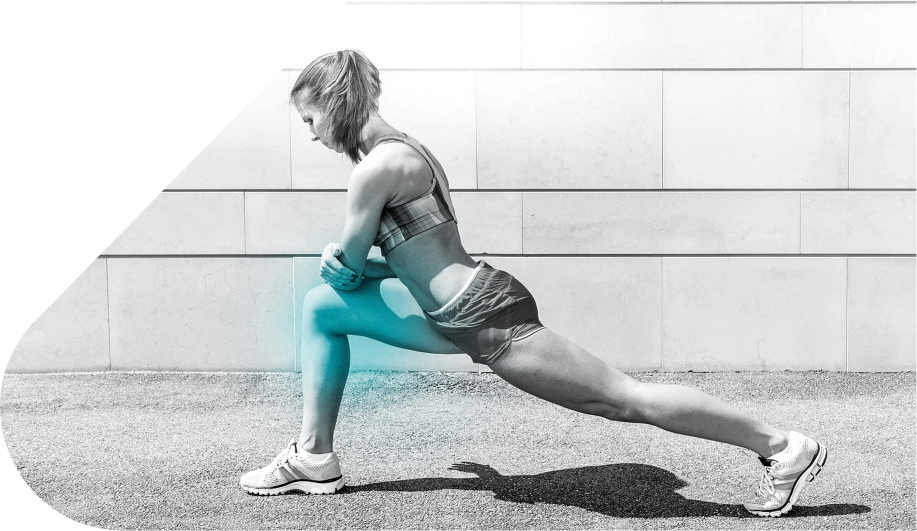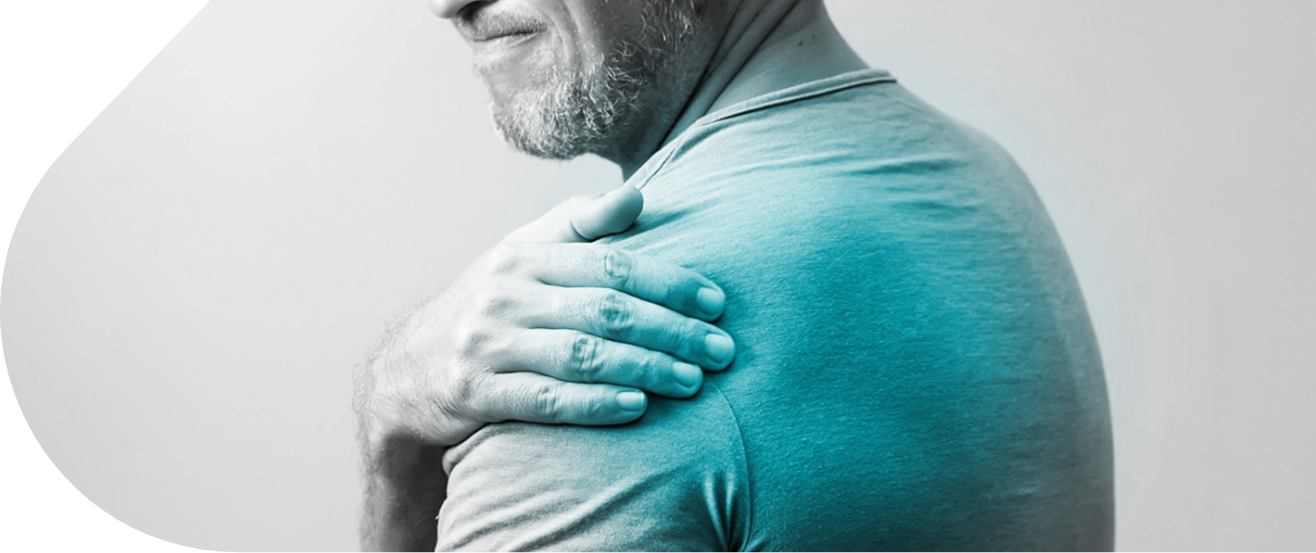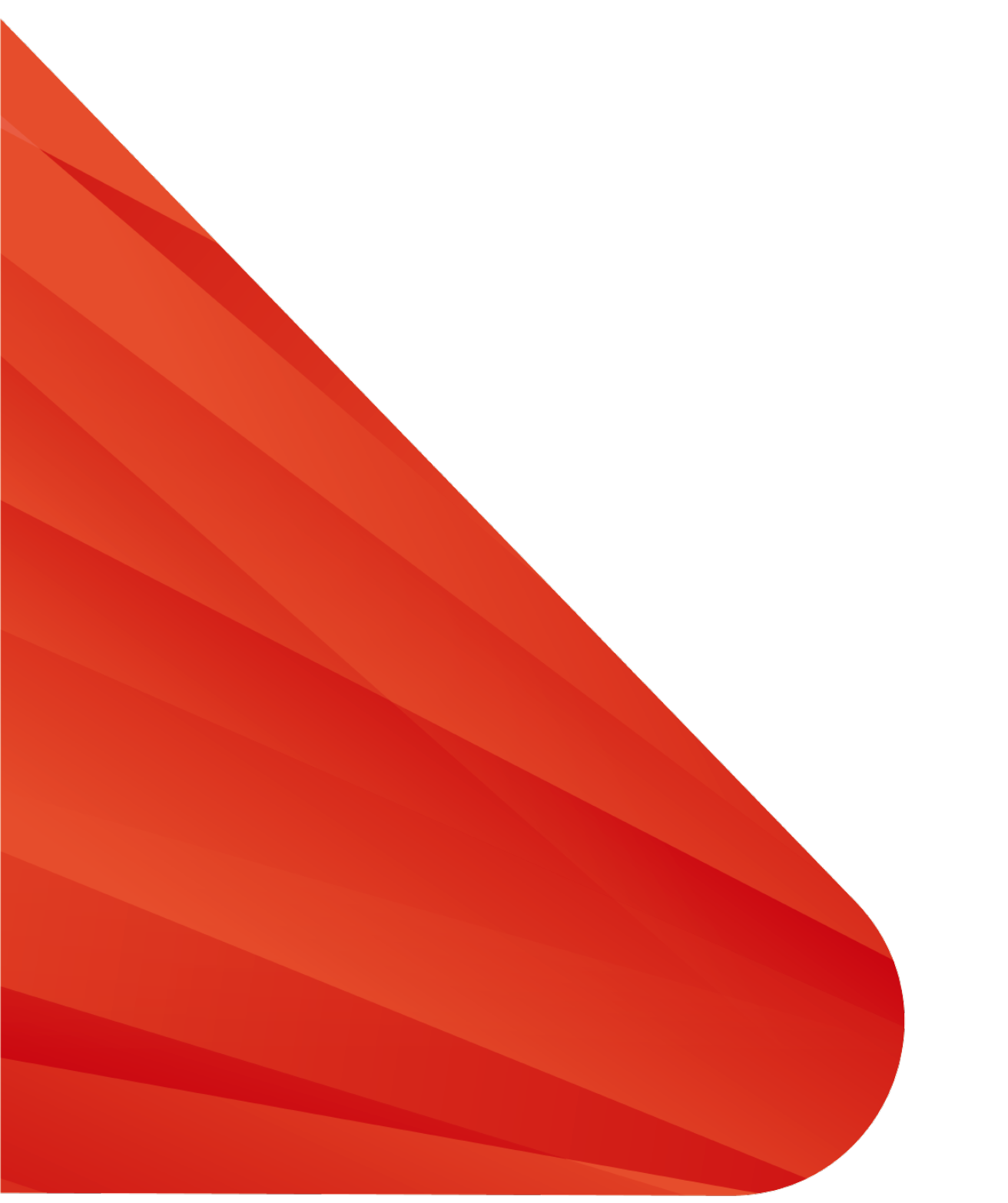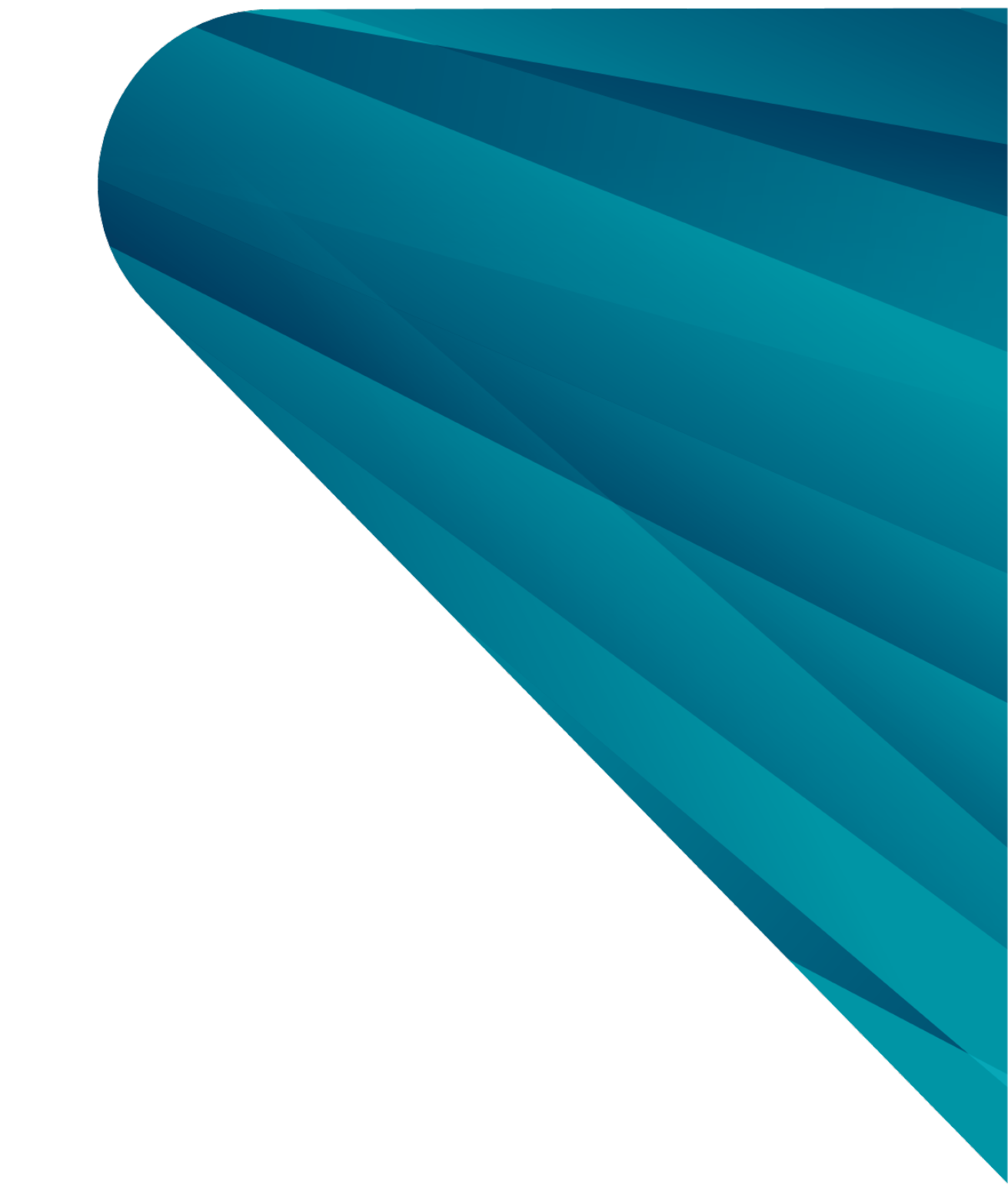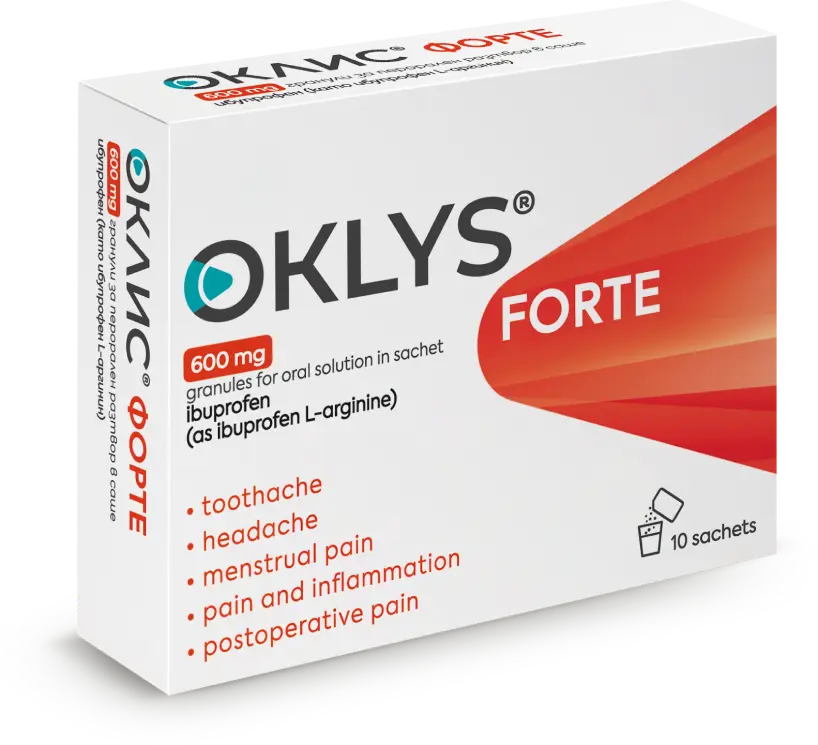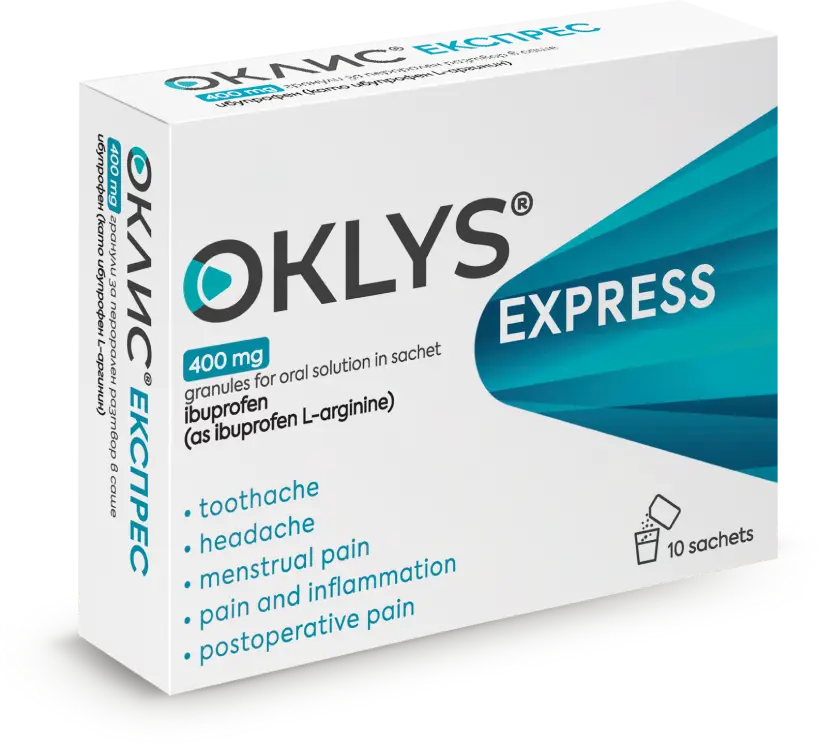Most of us know what a headache feels like. In fact, 8 out of 10 people experience headaches from time to time. You may believe that long hours spent in front of a computer, skipping meals, or not getting enough sleep are to blame. But none of these fully explain the source of the pain — is it really coming from your head, or is something else going on?
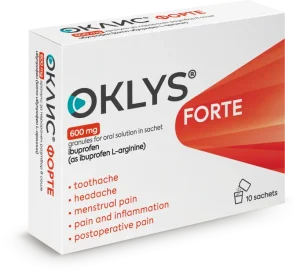 Identifying the source of pain
Identifying the source of pain
When you have a headache, you might think the pain is coming from your forehead. However, you may be surprised to learn that the source of the pain can be the muscles in your neck and head. But how can a neck muscle cause a headache? This type of pain is called referred pain. Referred pain occurs when your brain interprets pain signals originating from one part of the body as if they were coming from another.
Since all parts of the body are connected, the brain has difficulty determining where the pain originates. Therefore, when the muscles in your neck and head hurt, you perceive this pain as a headache. Considering the 20 muscles in the neck and head area, the possibility of developing a headache is quite real!
Source of frequent headaches
The most common type of headache is pain in the forehead area. However, we know that this pain is most likely caused by the muscles in the neck and head. So, what can we say about the neck and head muscles that cause headaches?
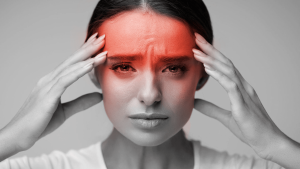 The cause may be tense neck muscles. When this happens, the muscles develop painful spasms that send pain signals to the brain. This creates the sensation of tightness around the head.
The cause may be tense neck muscles. When this happens, the muscles develop painful spasms that send pain signals to the brain. This creates the sensation of tightness around the head.
There are several things you can do to reduce pain at the level of the head and neck muscles — as a source of headaches.
- Reduce stress: If you are busy or stressed, practice relaxation techniques such as meditation and breathing exercises, which can help you reduce stress and muscle tension. They also help you maintain a healthy work-life balance. Make time to meet with friends or have a meal, and your stress levels will return to normal.
- Massage: The next time you have an annoying headache, the solution is within reach. Try a gentle massage to relax the muscles of your head and neck. Massage increases the level of endorphins — the body’s natural painkillers — which enhance the feeling of relaxation.
- Take analgesics: If your headache is slowing down your pace of life, taking analgesics can effectively relieve it. For fast pain relief, try Nurofen Express Forte soft capsules. It is used to reduce headache by targeting the source of pain. It is absorbed twice as fast as a standard tablet, acting directly on the cause of the pain.

